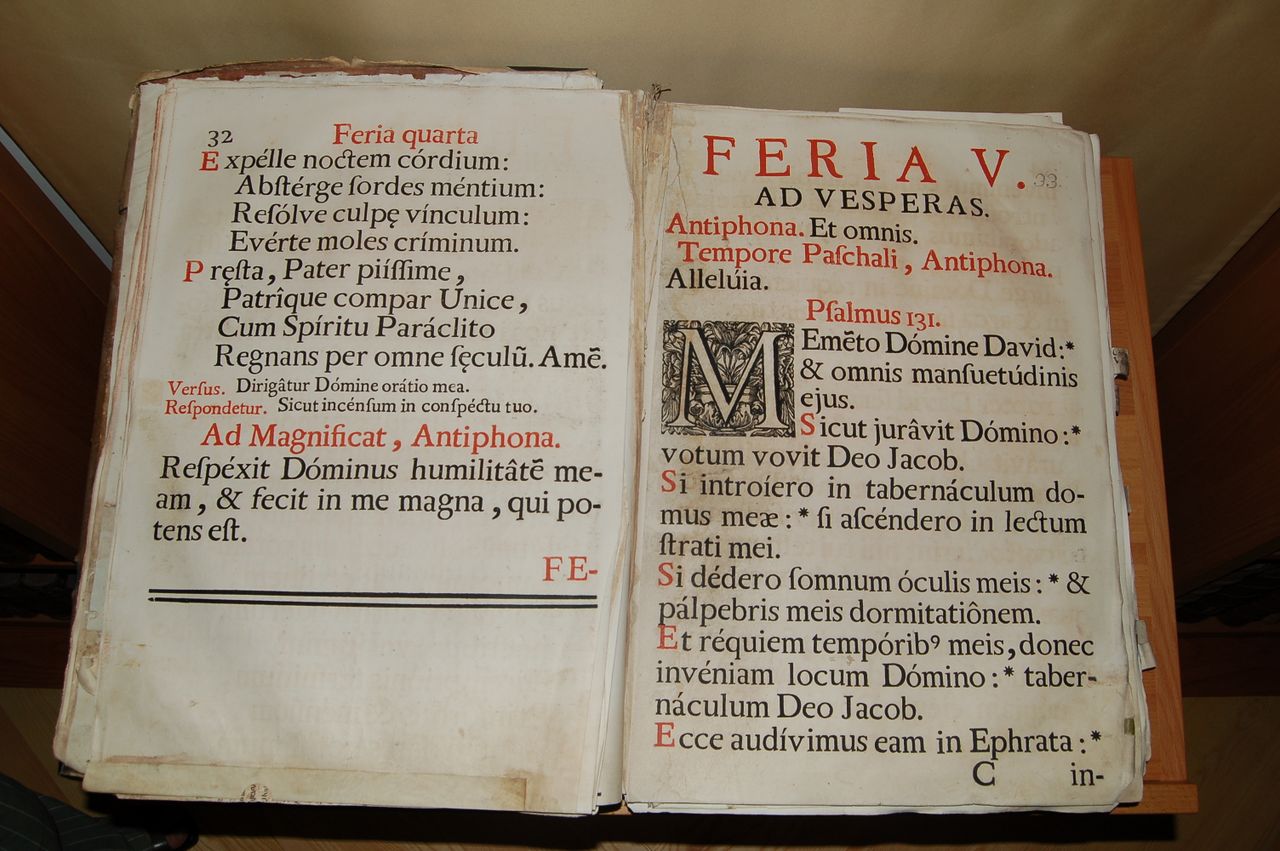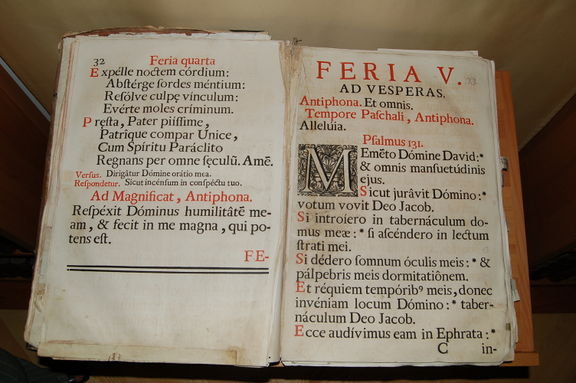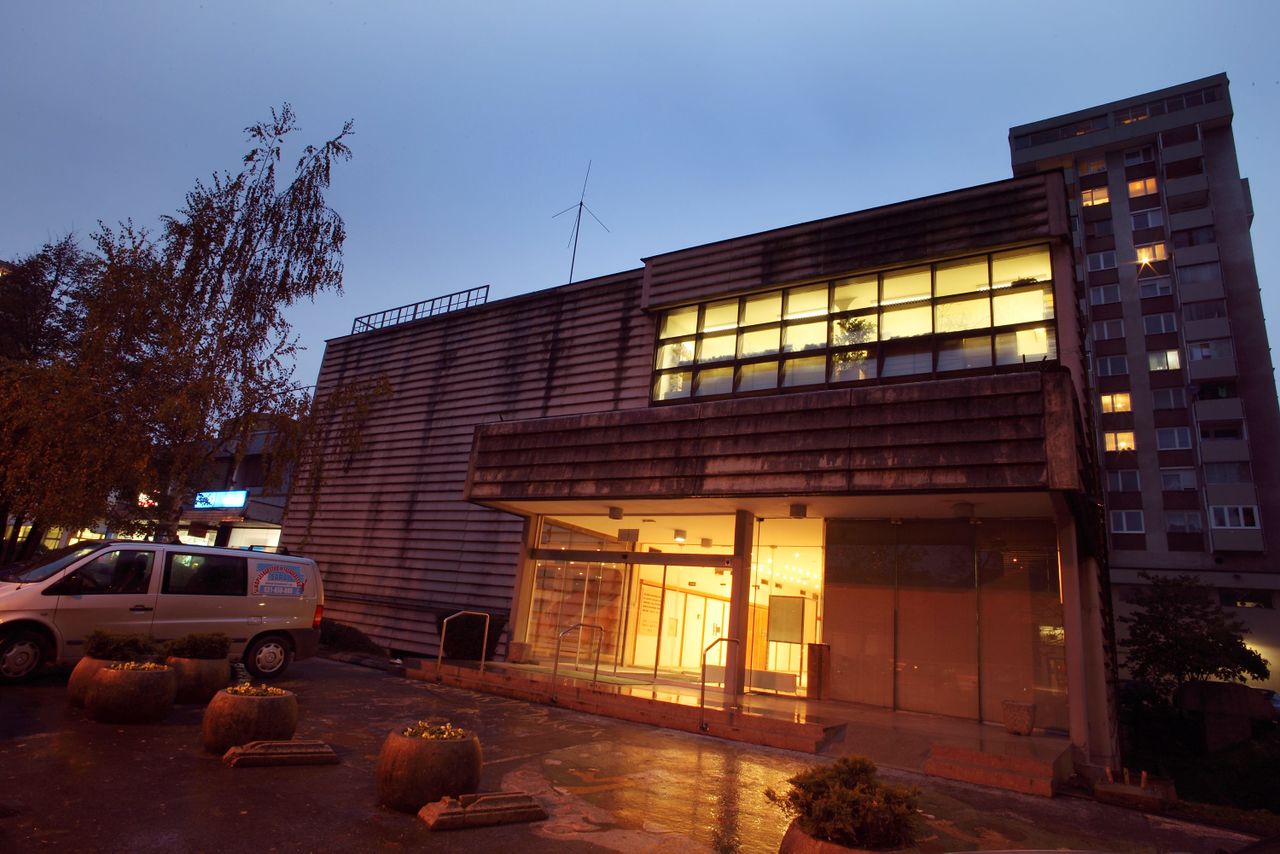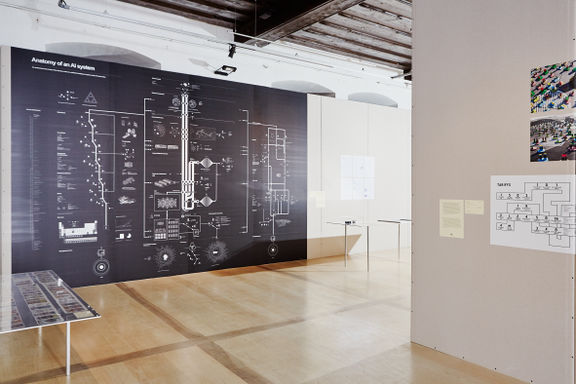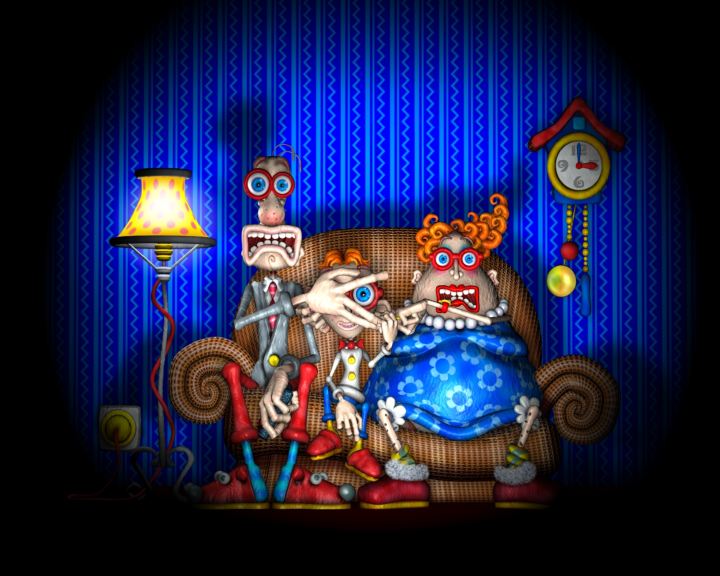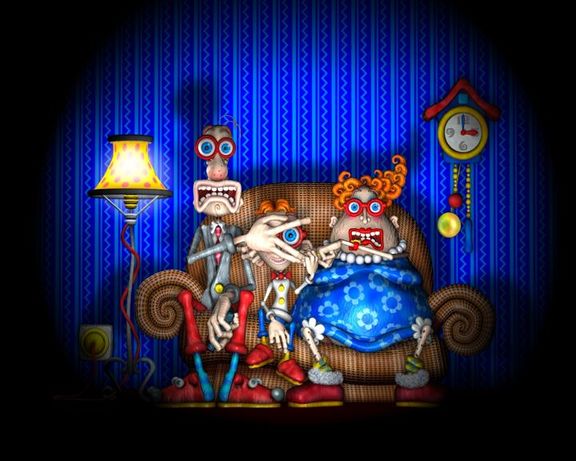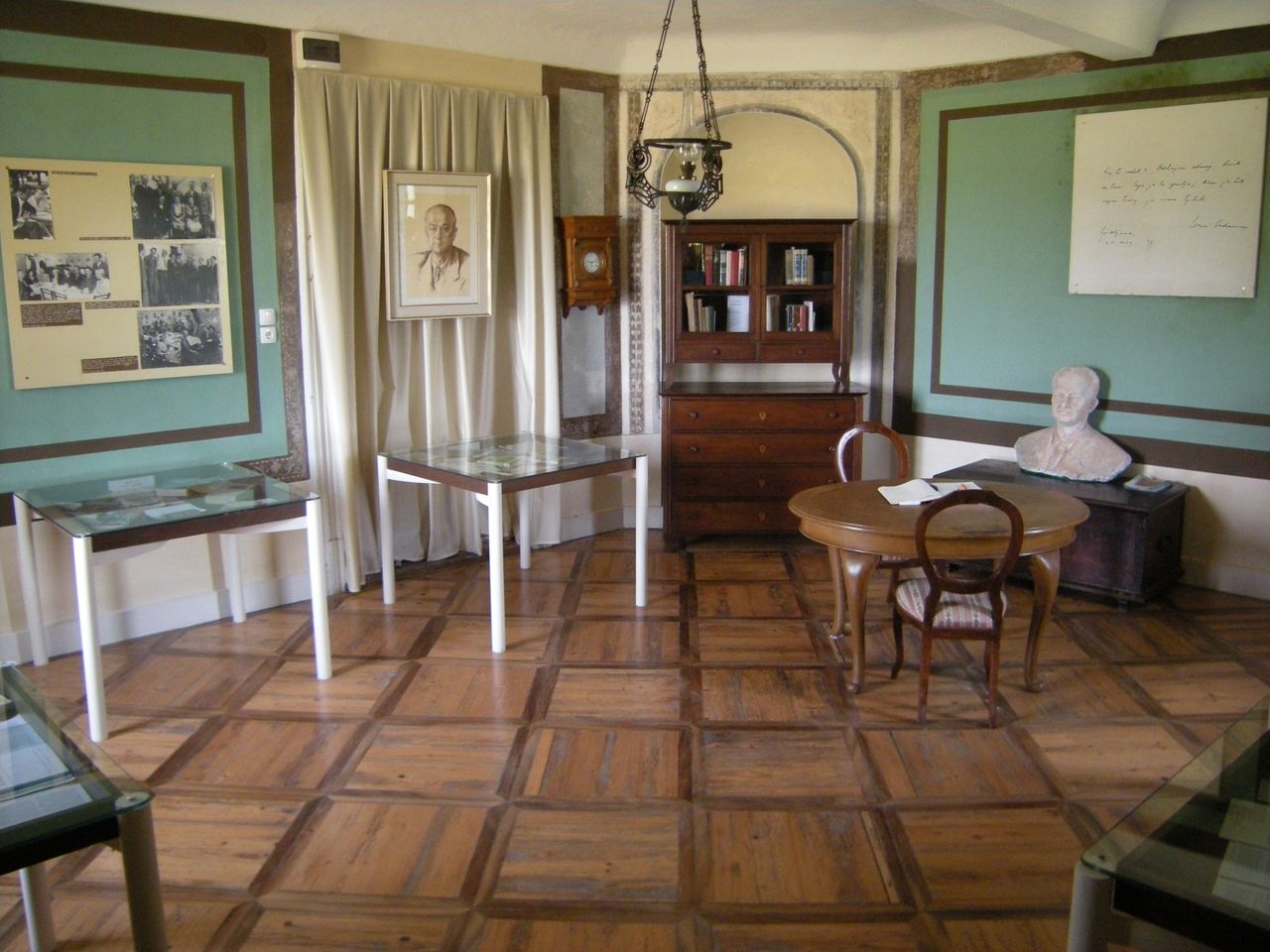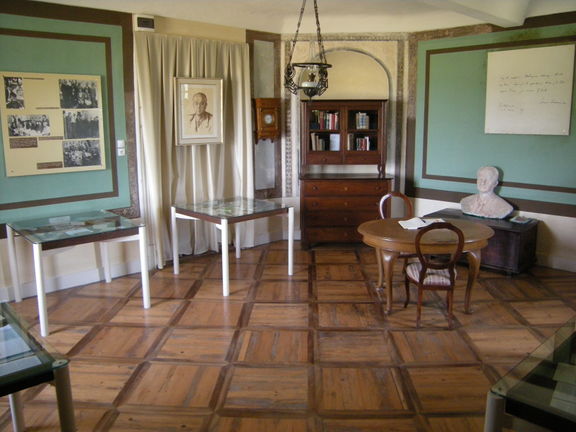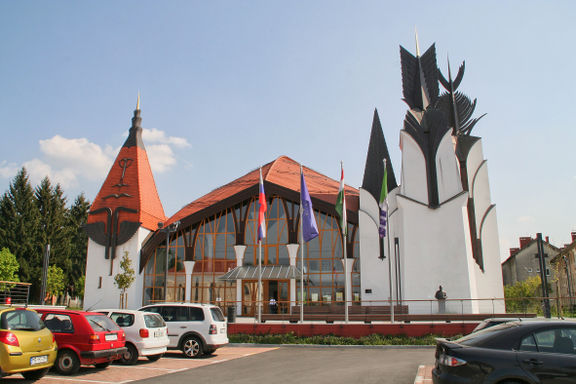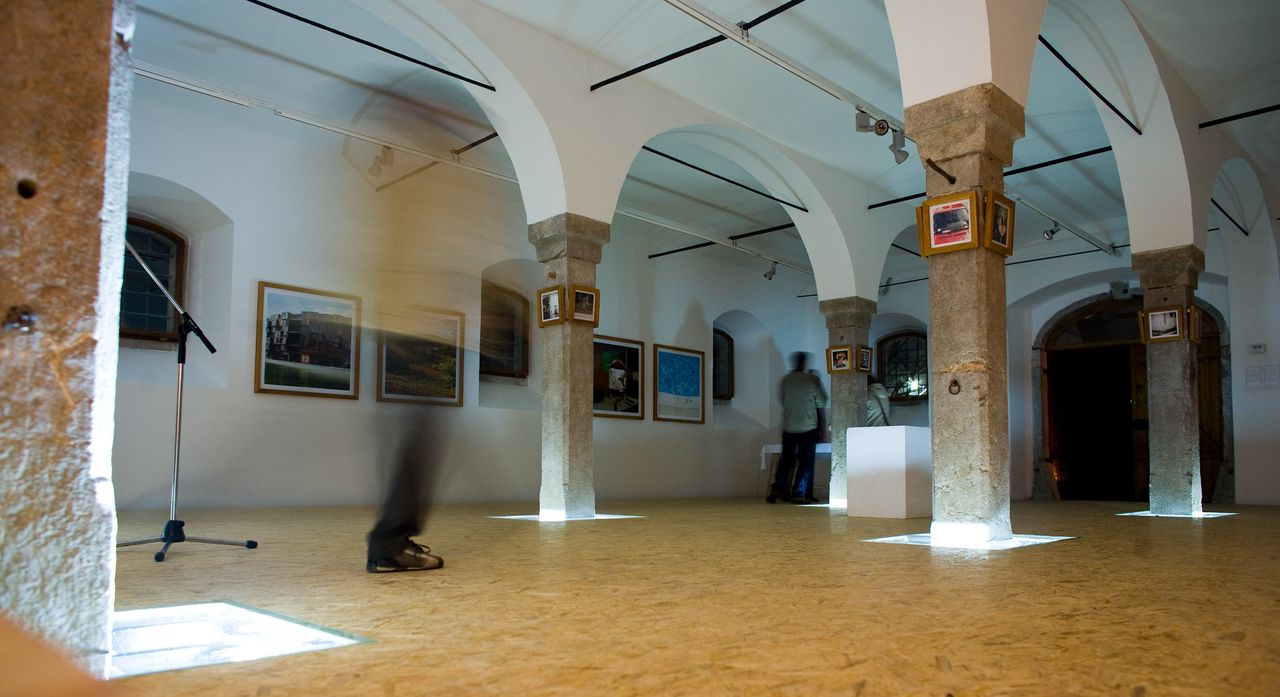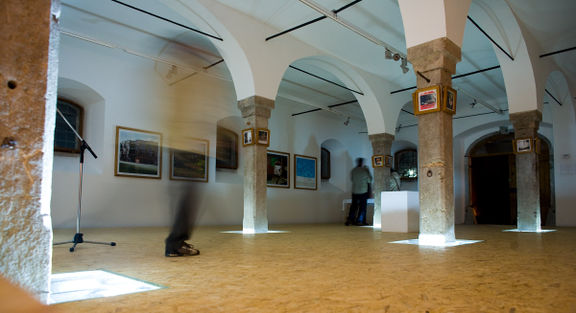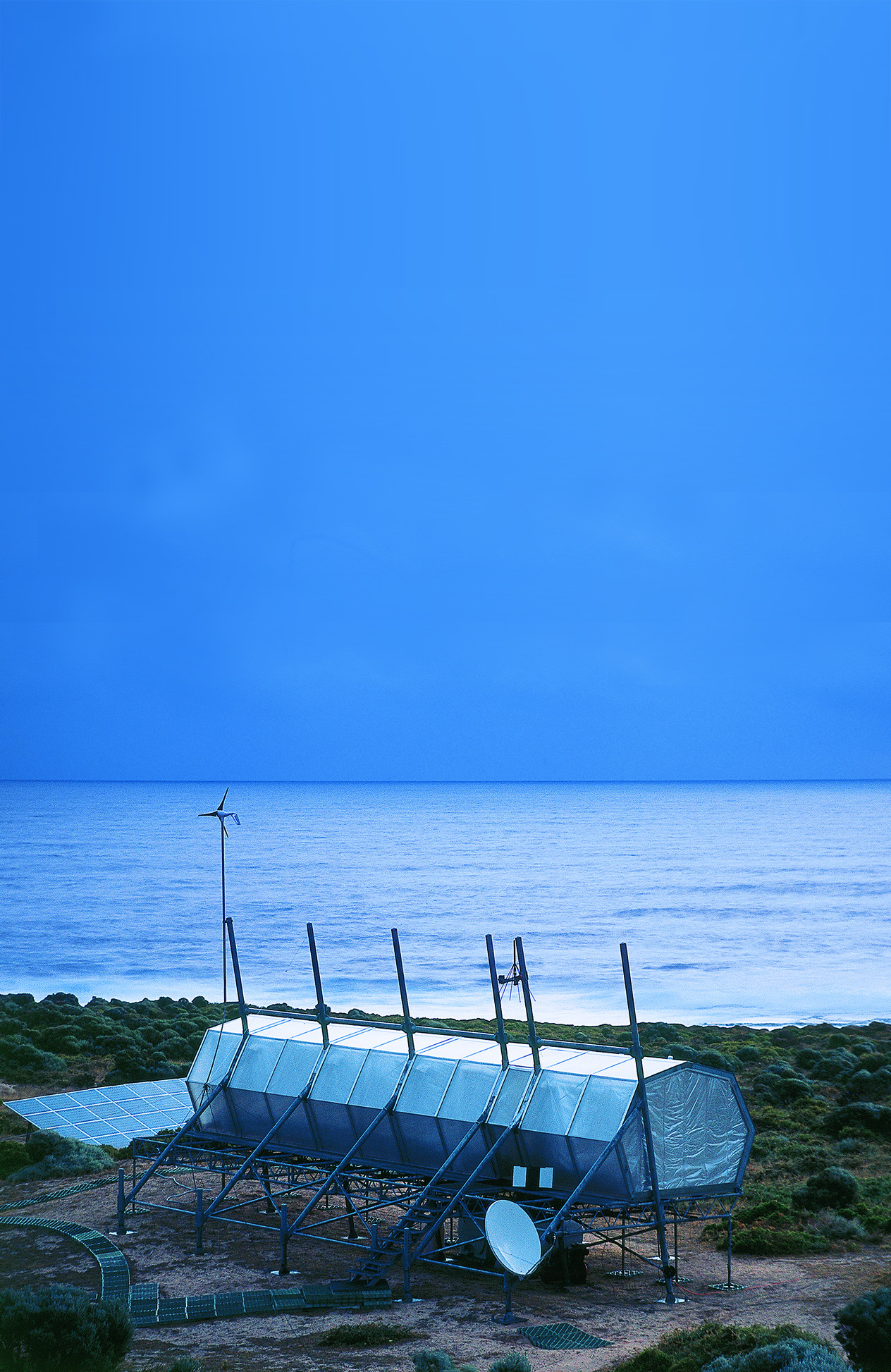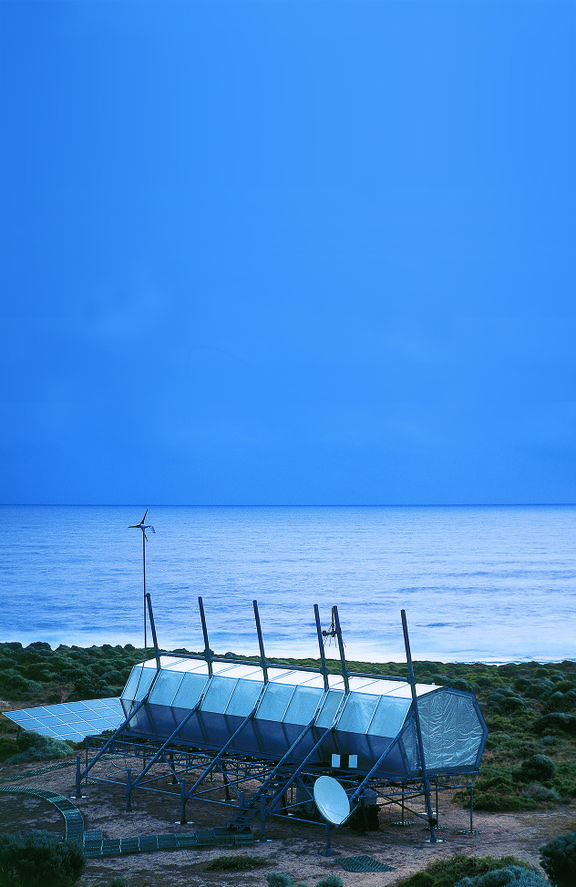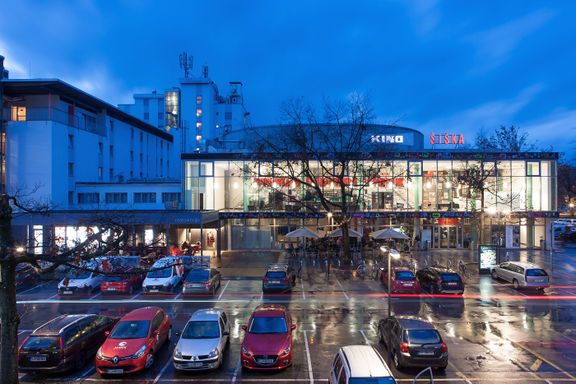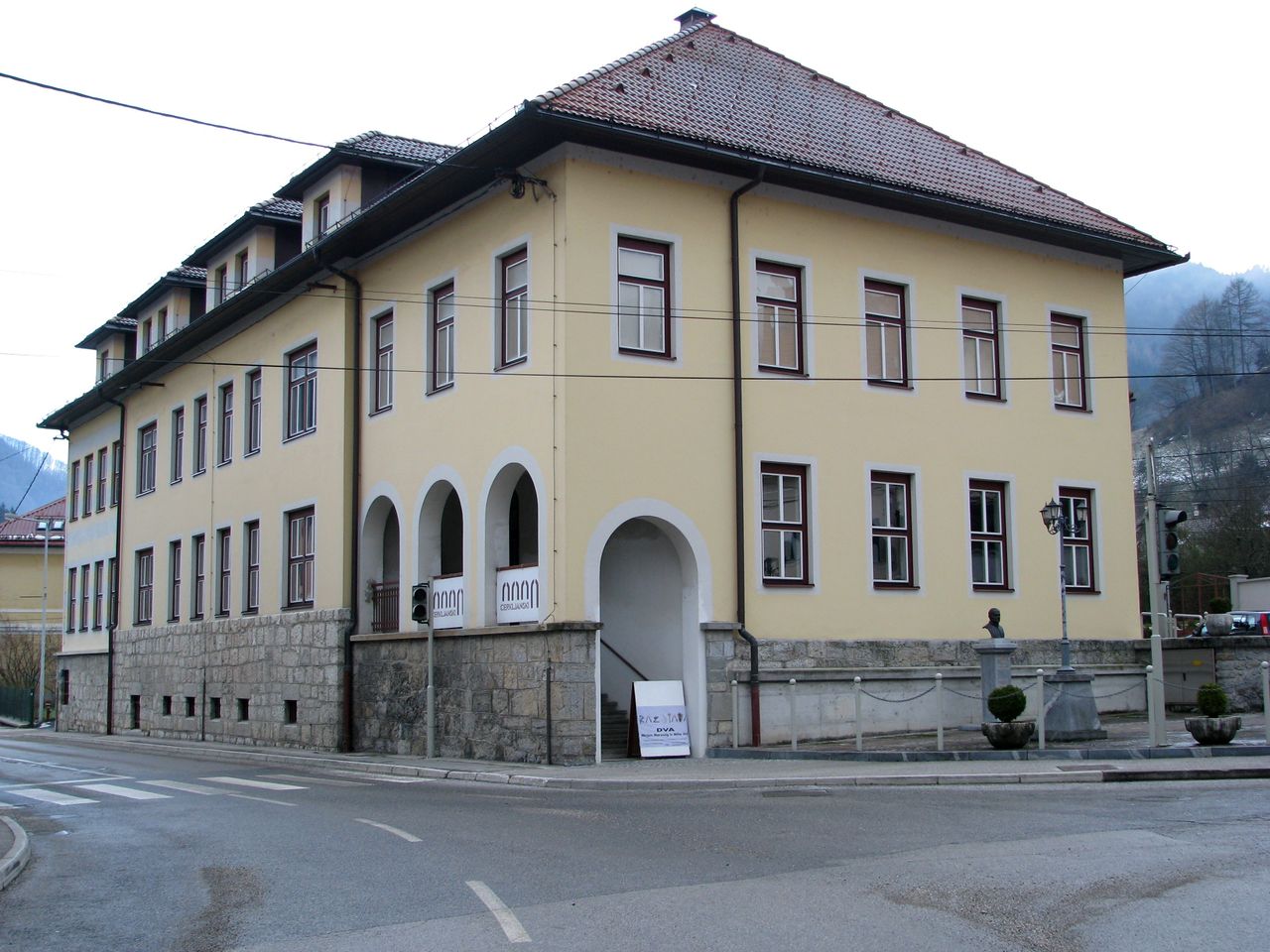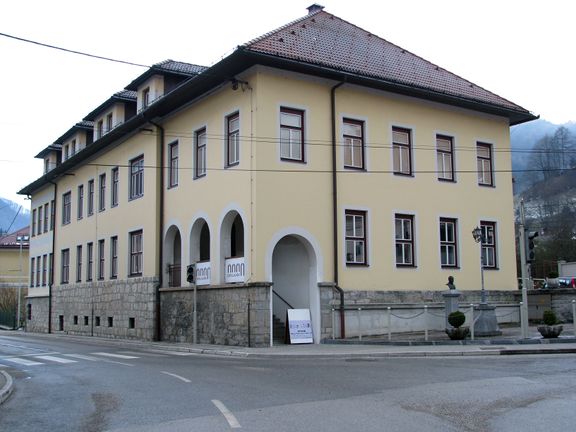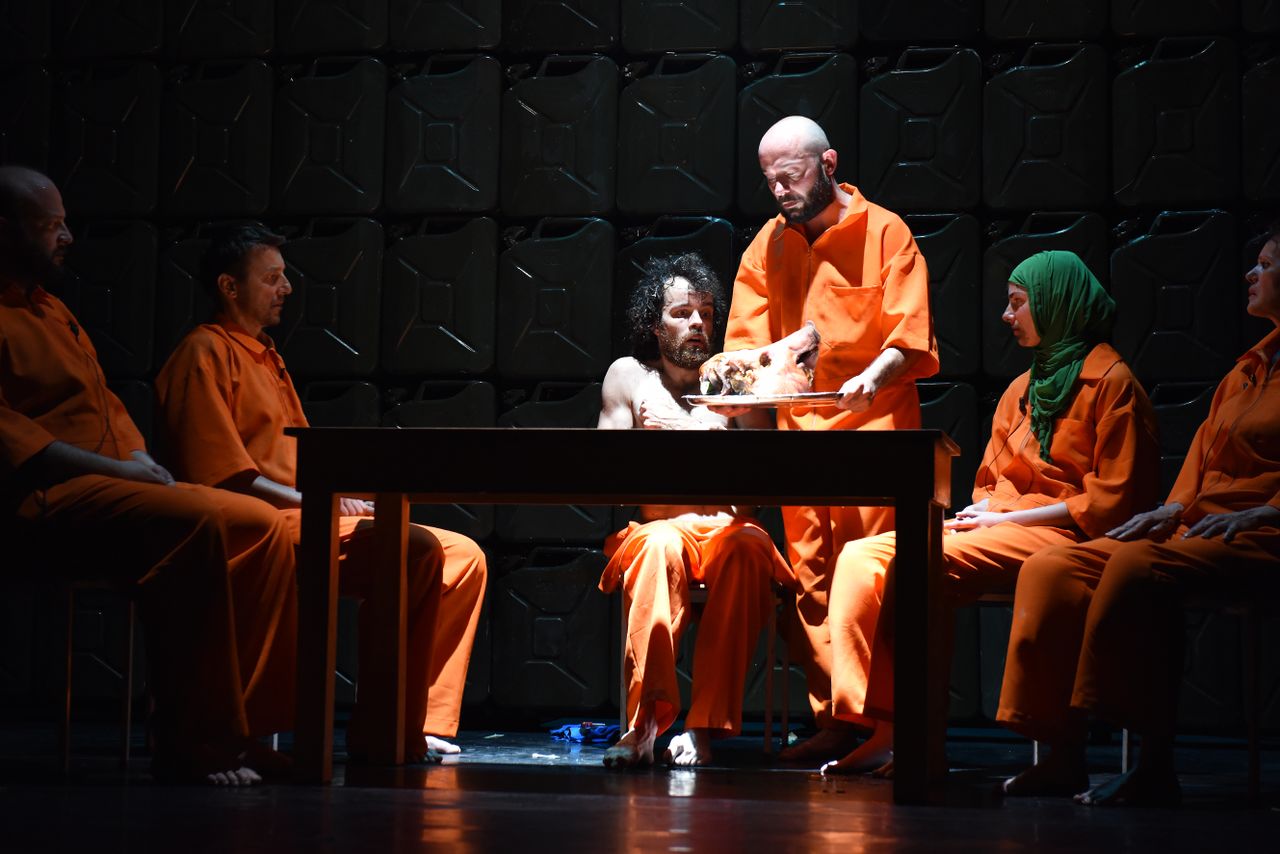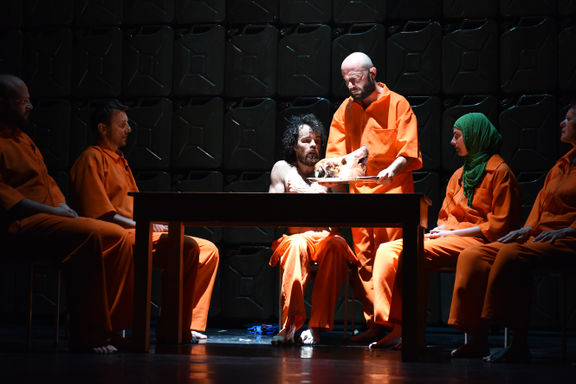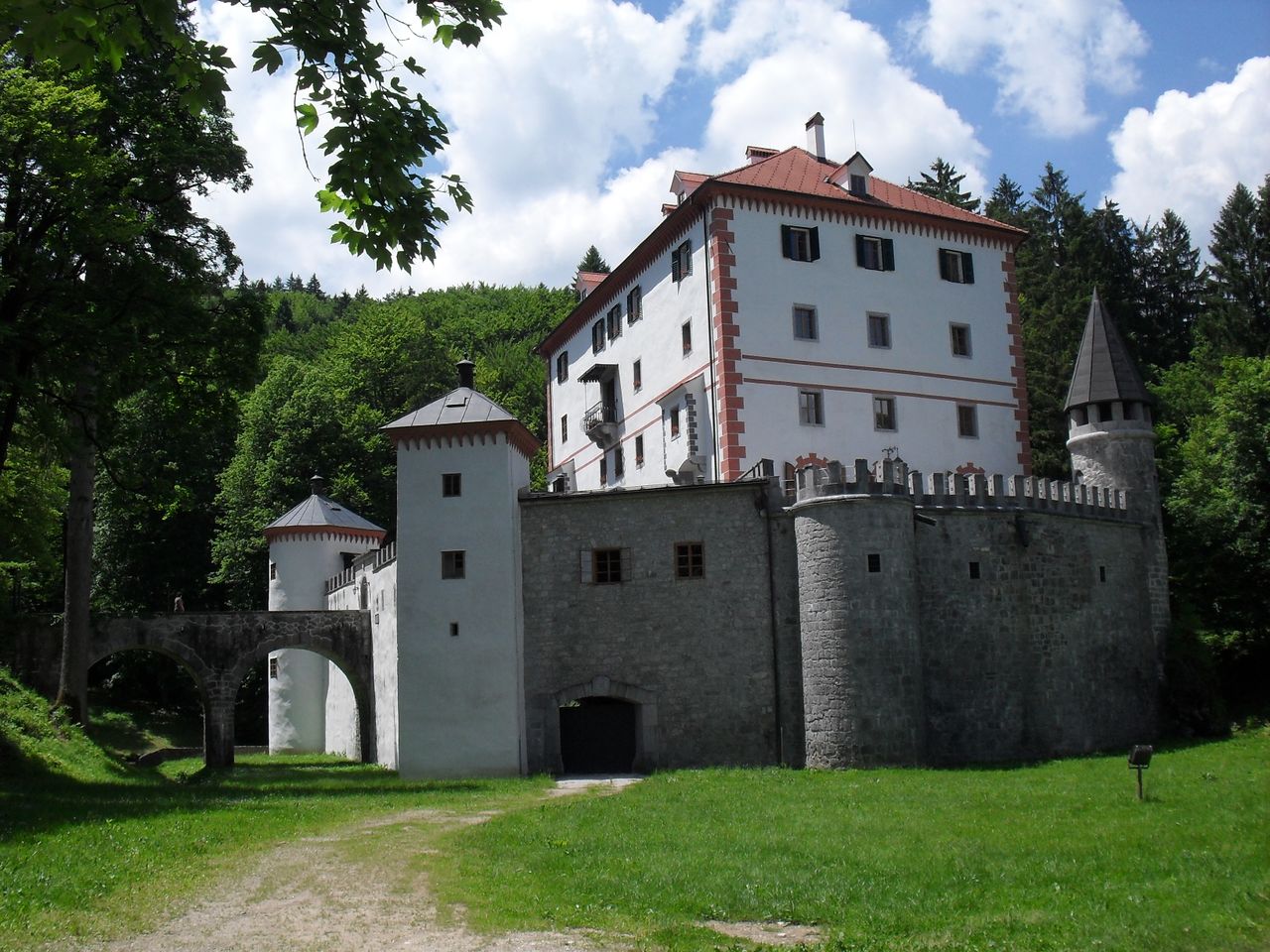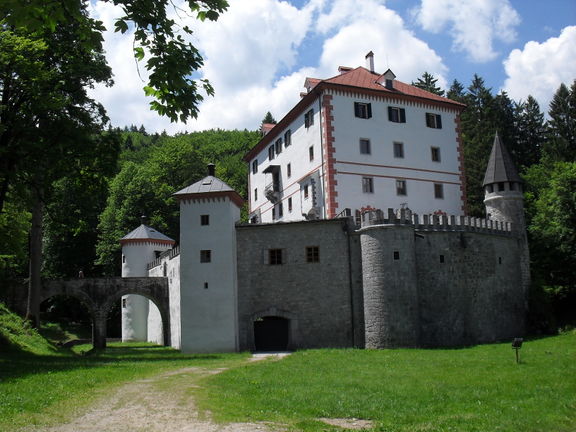Difference between revisions of "Culture.si:Featured"
(Culture.si feature-bot!) |
(Culture.si feature-bot!) |
||
| Line 1: | Line 1: | ||
__NOTOC__ | __NOTOC__ | ||
== Architecture == | == Architecture == | ||
| − | {{Featured article horizontal| | + | {{Featured article horizontal|Capuchin Monastery Archives and Library, Škofja Loka}} |
== Dance == | == Dance == | ||
{{Featured article horizontal|Španski borci Culture Centre}} | {{Featured article horizontal|Španski borci Culture Centre}} | ||
== Design == | == Design == | ||
| − | {{Featured article horizontal| | + | {{Featured article horizontal|Biennial of Industrial Design (BIO)}} |
== Film == | == Film == | ||
| − | {{Featured article horizontal| | + | {{Featured article horizontal|Bugbrain Studio}} |
== Literature == | == Literature == | ||
| − | {{Featured article horizontal| | + | {{Featured article horizontal|Louis Adamič Memorial Room}} |
== Music == | == Music == | ||
| − | {{Featured article horizontal| | + | {{Featured article horizontal|Lendava-Lendva Institute for Culture and Promotion (ZKPL-MPIL)}} |
== New media art == | == New media art == | ||
| − | {{Featured article horizontal| | + | {{Featured article horizontal|Simulaker Gallery}} |
== Theatre == | == Theatre == | ||
| − | {{Featured article horizontal| | + | {{Featured article horizontal|Projekt Atol Institute}} |
== Visual arts == | == Visual arts == | ||
| − | {{Featured article horizontal| | + | {{Featured article horizontal|Kino Šiška Centre for Urban Culture}} |
== Intangible heritage == | == Intangible heritage == | ||
{{Featured article horizontal|Cerkno Museum}} | {{Featured article horizontal|Cerkno Museum}} | ||
== Monuments and sites == | == Monuments and sites == | ||
| − | {{Featured article horizontal| | + | {{Featured article horizontal|Mladinsko Theatre}} |
== Museums == | == Museums == | ||
| − | {{Featured article horizontal| | + | {{Featured article horizontal|Snežnik Castle Museum}} |
Revision as of 00:35, 2 September 2011
Architecture
Capuchin Monastery Archives and Library, Škofja Loka
NOT ROBOT, WRITING DONE, INFOBOX DONE, PROOFREAD DONE, FERTIK, NOVERIFY, NODEPO, PHOTO, FEATURED, Article, HAS LOGO, HAS MAP, Libraries, Archives & Libraries, Articles maintained by Janez Premk, Library institutions, Archives, Church archives, Archival institutions, Church libraries
Dance
Španski borci Culture Centre
NOT ROBOT, WRITING DONE, NEEDSUPDATE, NOVERIFY, NODEPO, PHOTO, Article, Dance, Theatre & Dance, Theatre, NIFERTIK, Music, INFOBOX, TOPROOFREAD, HAS LOGO, HAS MAP, Public entities, Visual arts, Venues, Literature venues, Literature, Visual arts venues, Articles maintained by Tonko Sekulo, Music venues, Theatre venues, COVER, Cultural centres, Contemporary dance, Dance venues
Design
Biennial of Industrial Design (BIO)
NOT ROBOT, WRITING DONE, PROOFREAD DONE, NEEDSUPDATE, NOVERIFY, NODEPO, Article, NIFERTIK, INFOBOX, HAS LOGO, Festivals, Festivals in November, NO PHOTO, Updated 2020, Festivals in September, Festivals in October, Architecture & Design, Design, Articles maintained by Nina Hlebec, Industrial design, Design festivals
Film
Literature
Music
Lendava-Lendva Institute for Culture and Promotion (ZKPL-MPIL)
NOT ROBOT, WRITING DONE, NEEDSUPDATE, NOVERIFY, NODEPO, PHOTO, Article, NIFERTIK, INFOBOX, TOPROOFREAD, HAS MAP, Venues, Visual arts exhibition organisers, Exhibition organisers, Event organisers, Festival organisers, Puppetry event organisers, Music event organisers, Music festival and event organisers, Puppetry festival and event organisers, Articles maintained by Tonko Sekulo, Music venues, Concert halls, Exhibition venues, Theatre event organisers, Theatre festival and event organisers, Theatre venues, COVER, Cultural centres, Film festival and event organisers, Film event organisers, Puppetry festival organisers
New media art
Simulaker Gallery
NOT ROBOT, WRITING DONE, NEEDSUPDATE, NOVERIFY, NODEPO, Article, NIFERTIK, Maribor, European Capital of Culture 2012, INFOBOX, TOPROOFREAD, HAS LOGO, New media art, NO PHOTO, HAS MAP, Visual arts galleries, Visual arts, Galleries, Venues, Articles maintained by Simon Smole, New media art venues, Photography exhibition organisers
Theatre
Projekt Atol Institute
NOT ROBOT, WRITING DONE, INFOBOX DONE, PROOFREAD DONE, FERTIK, NEEDSUPDATE, NOVERIFY, NODEPO, PHOTO, FEATURED, Article, Theatre & Dance, Producers, Theatre, Theatre producers, Music, HAS LOGO, New media art, EU funding of Slovene organisations (Culture and MEDIA Programmes), EU Culture funding recipient, Visual arts, New media art producers, New media art workshop organisers, Visual arts producers, Visual arts exhibition organisers, Exhibition organisers, EU Creative Europe, Culture funding recipient, KONS Platform, New media art course and workshop organisers, Music event organisers, Music festival and event organisers, Workshop organisers, Šiška Cultural Quarter, COVER, New media art event organisers, New media art festival and event organisers, Articles maintained by Jwilcoxen, Music publishers
Visual arts
Kino Šiška Centre for Urban Culture
NOT ROBOT, WRITING DONE, INFOBOX DONE, PROOFREAD DONE, FERTIK, NOVERIFY, NODEPO, PHOTO, FEATURED, Article, Producers, Theatre producers, Articles maintained by Anže Zorman, Music, HAS LOGO, EU funding of Slovene organisations (Culture and MEDIA Programmes), EU Culture funding recipient, Updated 2017, HAS MAP, Public entities, Venues, Visual arts exhibition organisers, Exhibition organisers, EU Creative Europe, Culture funding recipient, Event organisers, Music event organisers, Music festival and event organisers, Visual arts venues, Music venues, Concert halls, Exhibition venues, Theatre event organisers, Šiška Cultural Quarter, Theatre festival and event organisers, Theatre venues, Dance producers, COVER, Cultural centres, New media art event organisers, New media art festival and event organisers, Cafés, New media art venues, Music festival organisers, Dance event organisers, Dance venues, Dance festival and event organisers
Intangible heritage
Monuments and sites
Mladinsko Theatre
NOT ROBOT, WRITING DONE, INFOBOX DONE, PROOFREAD DONE, FERTIK, NOVERIFY, NODEPO, PHOTO, FEATURED, Article, Theatre & Dance, Producers, Theatre, Theatre producers, Articles maintained by Anže Zorman, Maribor, European Capital of Culture 2012, HAS LOGO, EU funding of Slovene organisations (Culture and MEDIA Programmes), EU Culture funding recipient, HAS MAP, Public entities, Venues, Festival organisers, Theatre festival organisers, Theatre festival and event organisers, Theatre houses, Theatre venues, Municipal cultural institutions, COVER, Theatre archives, Theatre archives and libraries



